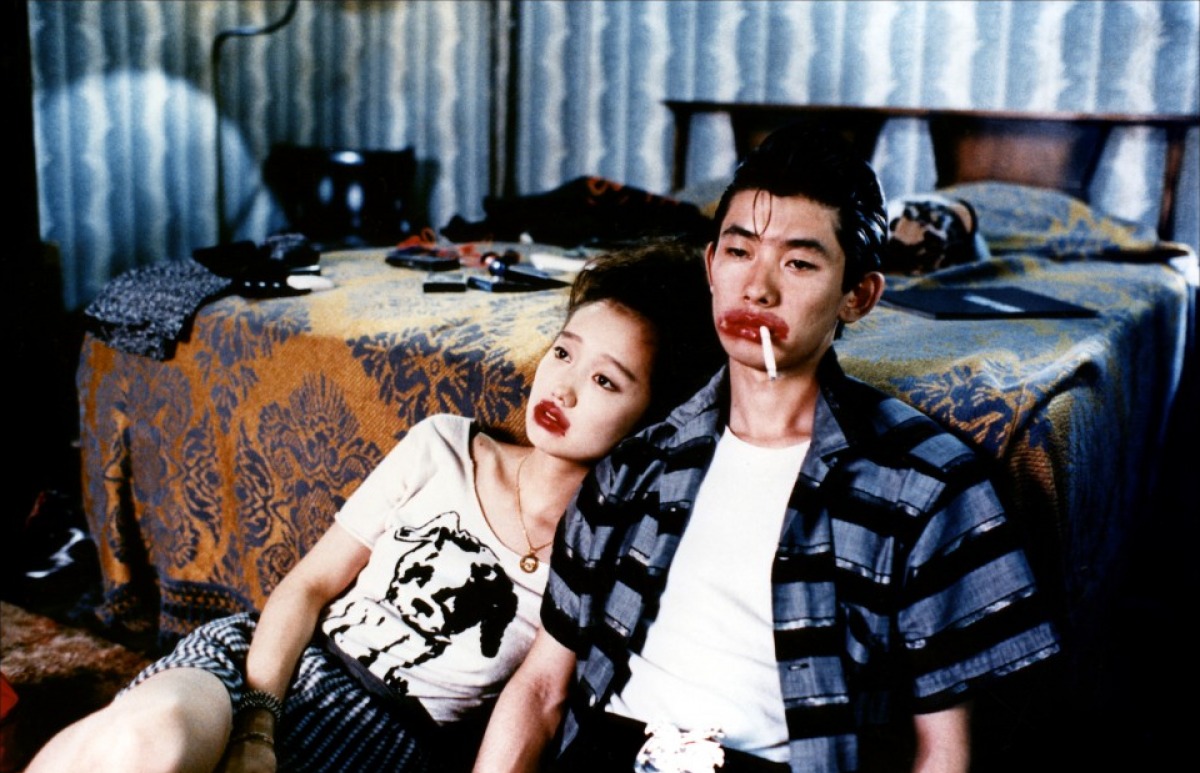Katsuhiro Ôtomo's “STEAMBOY”
At the end of Steamboy the credits roll over a series of detailed pictures that project the main characters of the movie into the future. We see Ray Steam’s inventions unfold even further, and they include flight and airplanes. And we see Scarlett defiantly staring into the camera as well as she shares Ray’s future.
Obviously the O’Hara Foundation has not been sued into oblivion, as we have reason to expect give the vast destruction and mayhem that are wrought upon 1866 London during the course of Steamboy.
But no matter, this is a retro-futuristic fantasy and we must expect some departure from reality if we are to lend any dramatic credence whatsoever to this movie’s fanciful tale.
I must say that I was not taken by the story the first time through the DVD. The story of “science versus society” is a bit hoary and was done much better 75 years ago in the original Metropolis.
The first time I watched Steamboy I was bored. The characters were weak, the story trite, but the images were fantastic. The English voices were extremely well done, though, and the documentary describing the English version is quite interesting as we hear the actors describe their work (Anna Paquin, Patrick Stewart, and Ray Molina). Interestingly, the English language version has voices much better synchronized with lip movements than the Japanese version, which is something I’ve noticed with other high quality dubbings (e.g., Princess Mononoke).
Then I watched it again. This time I paid more attention to the detail, the art, and the movement.
It was much better the second time. In fact, I was completely blown away with the scope of the world created, once I had gotten over the shallow story and characterization. The integration of CGI and “traditional” animation is absolutely superb. Both city and countryside images are painterly and lush. One becomes lost in a view of a yesterday that never occurred, much like the dreamlike vision of spaceflight and society we see in the anime classic Wings of Honneamise.
Still, I have two significant complaints, over and above the story and characters. First, the character animation is not as good as could be. Characters sometimes move jerkily and without the irregular fluidity of real human movement. Is this because rotoscoping was not used, or because simple underlying wireframe models were used in planning out scenes? I can’t tell.
Second, some of the interior scenes are so dark that the viewer simply cannot tell what is happening at times. This is especially true of the encounter between Ray and the giant robot “hand” near the end of the film. The underlying detail looks to be spectacular but no amount of squinting helps.
That said, this movie is a major accomplishment, though I see the accomplishment as being more of an artistic than a dramatic one. Worlds are created that are different enough from reality to be foreign and fantastic - but still recognizable. And image wise, both country side and metropolis are beautifully rendered. I just wish I cared more about the characters.
Review copyright (c) 2005 by Dennis D. McDonald


